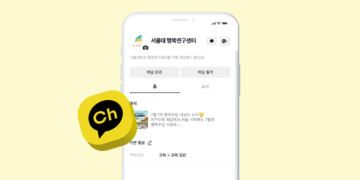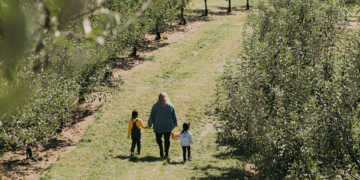Sonenshein, S. (2014). How organizations foster the creative use of resources. Academy of Management Journal, 57(3), 814-848.
Using a multi-year qualitative study, I explain how employees at a fast-growing retail organization used creative resourcing—that is, the manipulation and recombination of objects in novel and useful ways to solve problems. I induce two core organizational processes (autonomous resourcing and directed resourcing) that explain how organizations foster ongoing creative activities in response to different perceived resource endowments. In doing so, I add clarity to ...




![[연구참여자 모집/사례 지급] 자유연상 패턴과 심리적 속성 간의 관계 탐색](https://happyfinder.co.kr/wp-content/uploads/2024/05/워드프레스_연구참여자모집-360x180.png)









![[센터장 인사말] 서울대학교 행복연구센터의 센터장 최인철입니다.](https://happyfinder.co.kr/wp-content/uploads/2021/05/greetings-120x86.png)
![Vol.70 [행복달력] MAY Happiness Calendar](https://happyfinder.co.kr/wp-content/uploads/2022/04/5월_행복달력_커버페이지-1-120x86.png)





